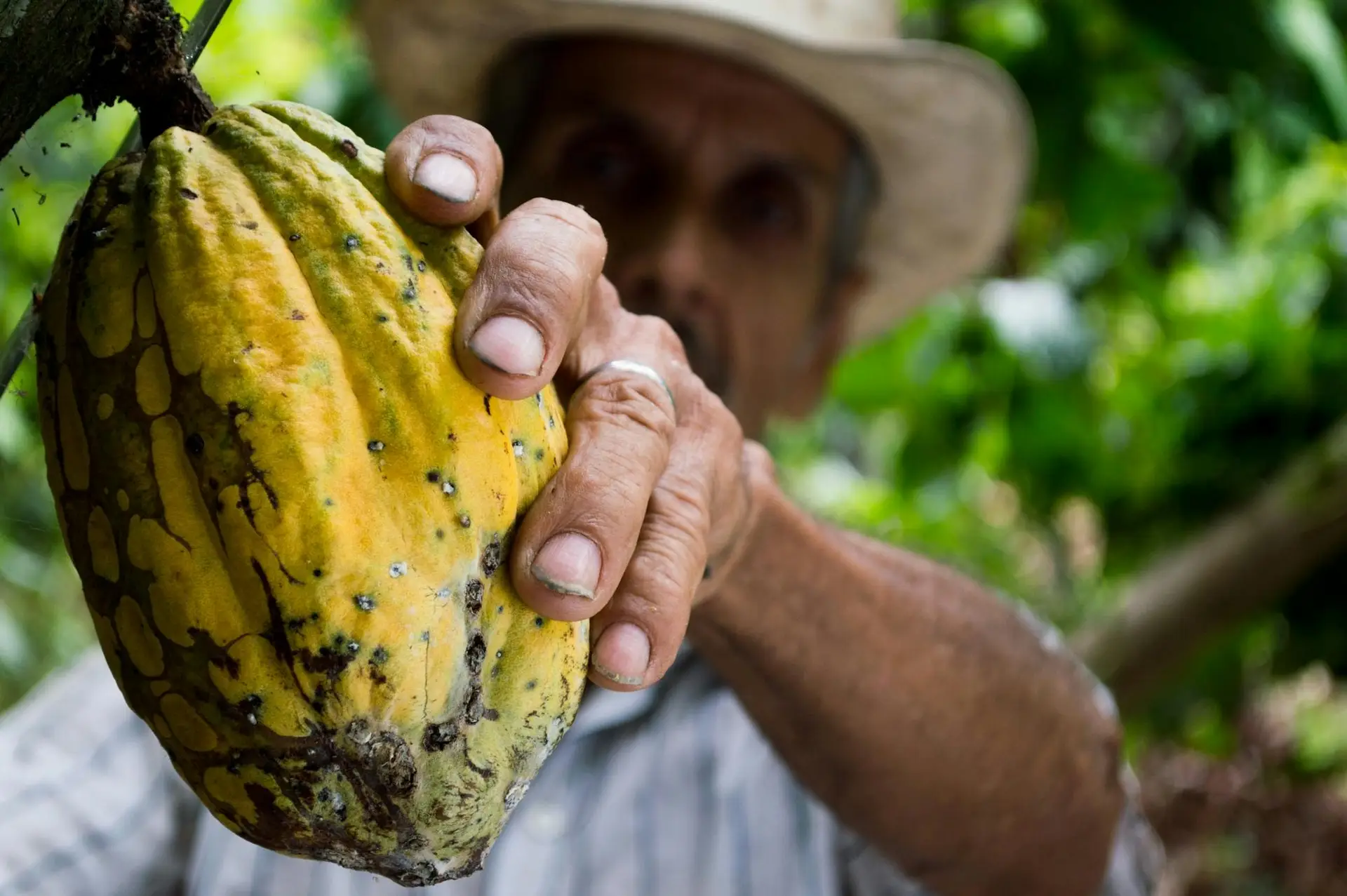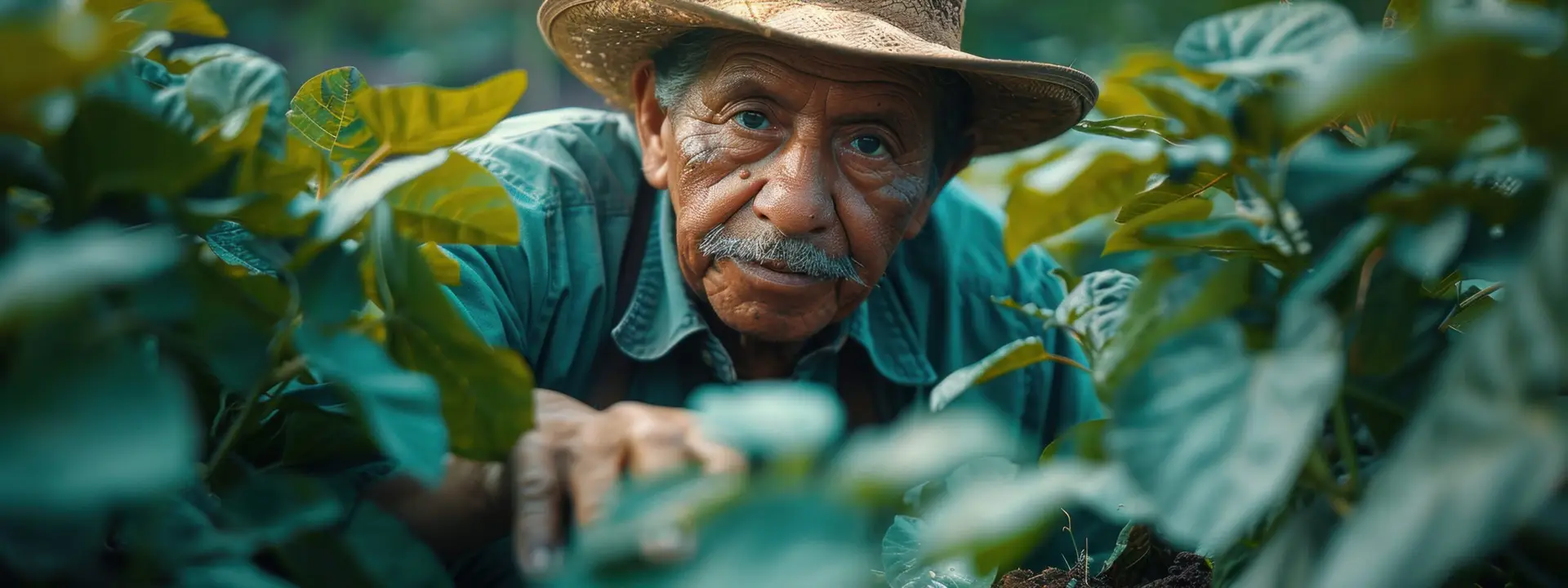Chocolate is adored worldwide, but few understand its transformation from humble beans to a silky treat. This guide walks you through the fascinating differences between cacao and cocoa powder, and explores where cacao fits into the creation of chocolate.
Cacao vs Cocoa Powder: What Sets Them Apart?
-
Cacao powder is made by cold-processing fermented cacao beans. The beans are not roasted before grinding, preserving more antioxidants, minerals, and nutrients. Cacao powder has a bitter, intense chocolate taste—often sought for raw recipes and nutritional supplements due to its purity and health benefits.
-
Cocoa powder is derived from fermented beans that are then roasted and processed at higher temperatures. Roasting develops a milder, sweeter flavor and creates a smoother texture, but it also destroys some beneficial nutrients and antioxidants. Cocoa powder is the classic ingredient for baking, drinks, and confections.
Why Does Processing Matter?
The difference lies mainly in the temperature used during processing and whether the beans are roasted:
-
Lower temperature (cacao): Equal a more bitter, nutrient-rich powder.
-
Higher temperature (cocoa): Produces a smoother, less bitter powder ideal for recipes that require solubility and sweetness.
The Journey of Cacao in Chocolate Making
Have you ever wondered how chocolate comes to be? The process starts with the cacao plant and involves craftsmanship at every stage:
-
Harvesting: Farmers carefully pick ripe cacao pods from trees. Inside each pod are 20–60 beans.
-
Extraction: Beans are scooped out along with sweet pulp.
-
Fermentation: Beans ferment for several days, a critical stage for flavor development.
-
Drying: The fermented beans are sun-dried, then bagged for transport.
-
Roasting: Roasting deepens the beans’ flavor and marks the transition from “cacao” to “cocoa.”
-
Grinding: Roasted beans are cracked and the shells removed, yielding cacao nibs, which are ground into chocolate liquor (a thick paste).
-
Pressing & Refining: Chocolate liquor may be pressed to separate cocoa butter and cocoa powder. Alternatively, it’s mixed with other ingredients (like sugar and vanilla) to create finished chocolate.
-
Tempering & Molding: The final chocolate mass is tempered for texture and shine, then shaped into bars or other treats.
In summary:
-
Cacao is the essential raw ingredient at the heart of chocolate production.
-
Once cacao beans are roasted and refined, they become cocoa—used in both powder and chocolate forms.
Choosing Between Cacao and Cocoa Powder
-
For maximum nutrition: Choose raw cacao powder for smoothies, healthy desserts, and supplements.
-
For classic flavor and easy baking: Pick cocoa powder for brownies, cakes, and hot cocoa.
Both powders start with the same source but travel different roads to your kitchen, each offering its own flavor, texture, and nutritional profile.
Whether you’re a health enthusiast or a dessert aficionado, understanding cacao’s journey makes every bite of chocolate a little more extraordinary.




